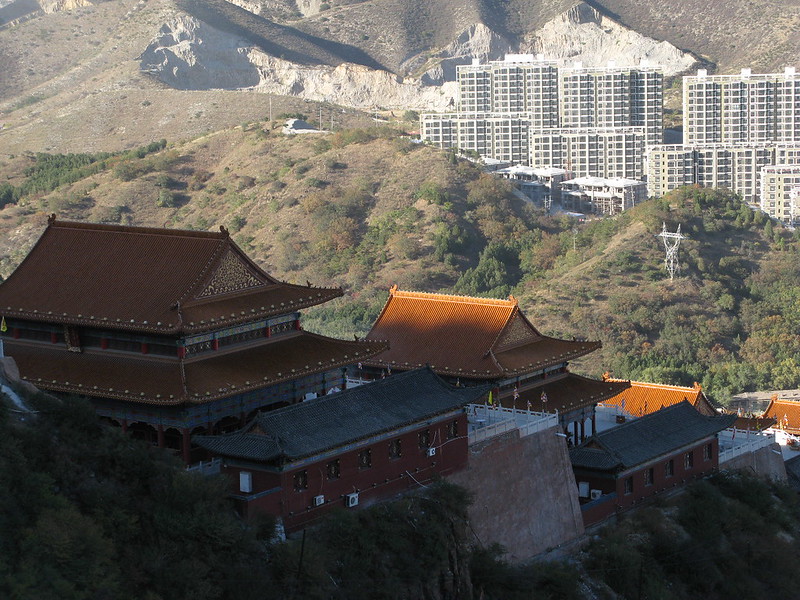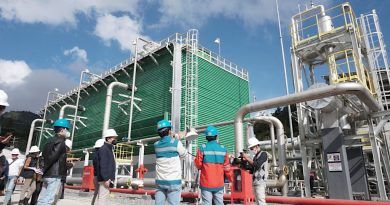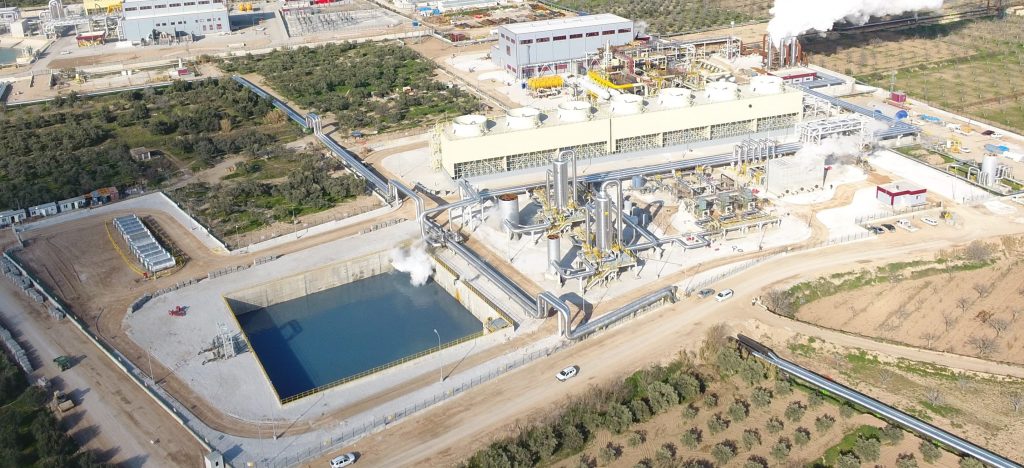Hebei Province, China seeks to double geothermal heating area
Energy Disrupter
The Hebei Province in China has started implementing a five-year plan that aims to double geothermal utilization and heating area by 2025.
The Hebei Province in China aims to double its geothermal water extraction volume and heating area by 2025. Working towards this, the Provincial Department of Natural Resources recently granted 79 new geothermal mining rights transfers plans in 10 cities in Hebei including Chengde, Zhangjiakou, and Shijiazhuang.
The new mining area rights adds 121.8 million cubic meters per year of exploitable geothermal resources, increasing the geothermal mining area to 821 square kilometers and saving about 930,000 tons of coal equivalent per year.
Geothermal resources in Hebei Province are widely distributed and rich in reserves. They are distributed in plain areas such as Baoding, Hengshui, Cangzhou, and Langfang, and in mountainous areas such as Chengde and Zhangjiakou. At present, heating accounts for 83% of the utilization of geothermal resources in Hebei Province.
Efforts for geothermal development in Hebei Province had been previously reported back in 2019, specifically in the Xiong’an New Area, planned as a major business center and technological hub that has been developed with a “green city” approach.
Since the beginning of the year, Hebei has implemented the “Hebei Province Geothermal Resources Exploration and Development Five-Year Plan” that aims to promote and facilitate geothermal development. The plan adheres to scientific planning, rational exploration, and strict management and control that promotes the development and utilization of geothermal resources in an orderly manner.
Some of the measures included in the plan are to simplify the registration procedures for the transfer of geothermal mining rights, provide an exception for geothermal project that extract heat but not water, establish a three-level (provincial, municipal, and county levels) geothermal resource monitoring and supervision platform, and improve the long-term mechanism for geothermal law enforcement and supervision.
Source: HBRGB.net

















